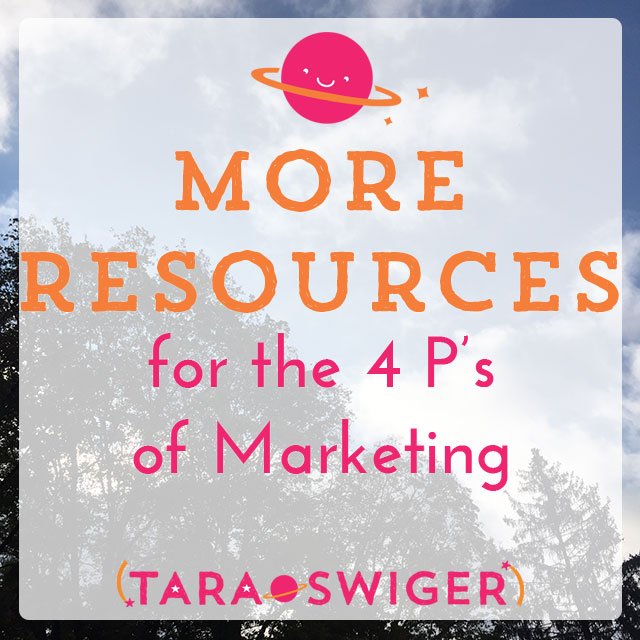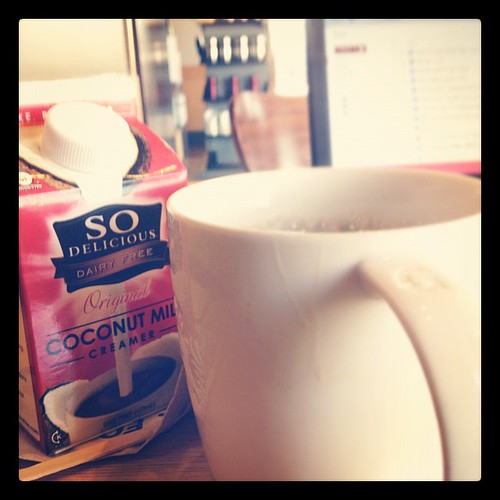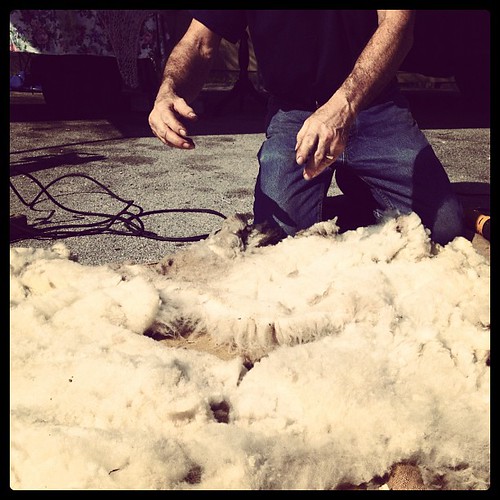This week I'm deep in my writing cave finishing materials for my (free!) three day class with CreativeLIVE. To keep writing AND keep you exploring, I'm revisiting and refreshing one of the most popular posts I've written from 2012.
I'm allergic to the term “self-promotion.”
Lots of crafters call the process of getting their work in front of other people “self-promotion”, and it's not just a malapropism; it's dangerous! It distracts you from what you should be doing.
Self-promotion sounds gross. In fact, just promoting yourself, telling everyone how great you are, is kinda gross. No one wants to be around the girl who can't stop talking about how great she can sing. (You know the girl.)
But calling it self-promotion is dangerous.
If “promotion” is the only way you're thinking of marketing, you're avoiding it. And that's dangerous, because you're probably avoiding all the other aspects of marketing, too.
(Or you're the other kind of creative, that just accepts the gross aspect of self-promotion and fills your twitter stream with “just listed [link to shop]”…but I'm pretty sure that's not you.)
Marketing, however, is the process of communicating with your people, about your product, your business and how it can help them.
Promotion is only (a small) part of the marketing equation.
It might help to know that traditional marketing (as defined in my past-life, MBA marketing classes), Promotion is just one of the 4 P's of Marketing.
In other words, it's only one quarter of all the marketing you do for your business. In creative businesses, I have a theory that it's even less than 1/4, but we'll get into that in a bit.
The 4 P's of Marketing is a framework for thinking about your marketing mix (all the things you do to communicate with your people). Inherent in the concept of a marketing mix is the belief that Promotion isn't everything; that your focus should not only be on telling people about your work.
The other P's:
- Product
- Price
- Place
Product
It all starts with what you're selling – Is it something people want? If so, what about it do people want? Is that clear? Is there a new product you can add (or delete) from your line to reach a new market?
Read more about marketing with Product here.
Price
We already know that pricing is not a benefit…but it is a tool for marketing. Not just special pricing (a sale or discount), but the overall pricing strategy: Do you have a range of prices? Do your prices appeal to one market over another? What does your price say about the quality of your product?
Read more about marketing with Price here.
Place
Where your product is sold directly effects the market it reaches. Is your product where it's people can find it? If you only have an online store, do you know your Right People shop online? When you pick a craft show, do you make sure your people will be there? How do you pick a shop to carry your goods? Where does news of your business show up? Is that really where your buyers are?
Read more about marketing with Place here.
See, there's lots of marketing to do that doesn't involve promotion.
What Ps do you use in your marketing mix?
Is there one you want to explore?
Want to learn more about your marketing?
Check out my new (free!) 3 day class with CreativeLIVE. It's going to cover EVERY aspect of your marketing, from finding your Right People to how to write content that connects to making a plan to get your marketing done. Enroll here.
Or, enter your e-mail below and get my FREE Guide to the 4 Ps of Marketing!




